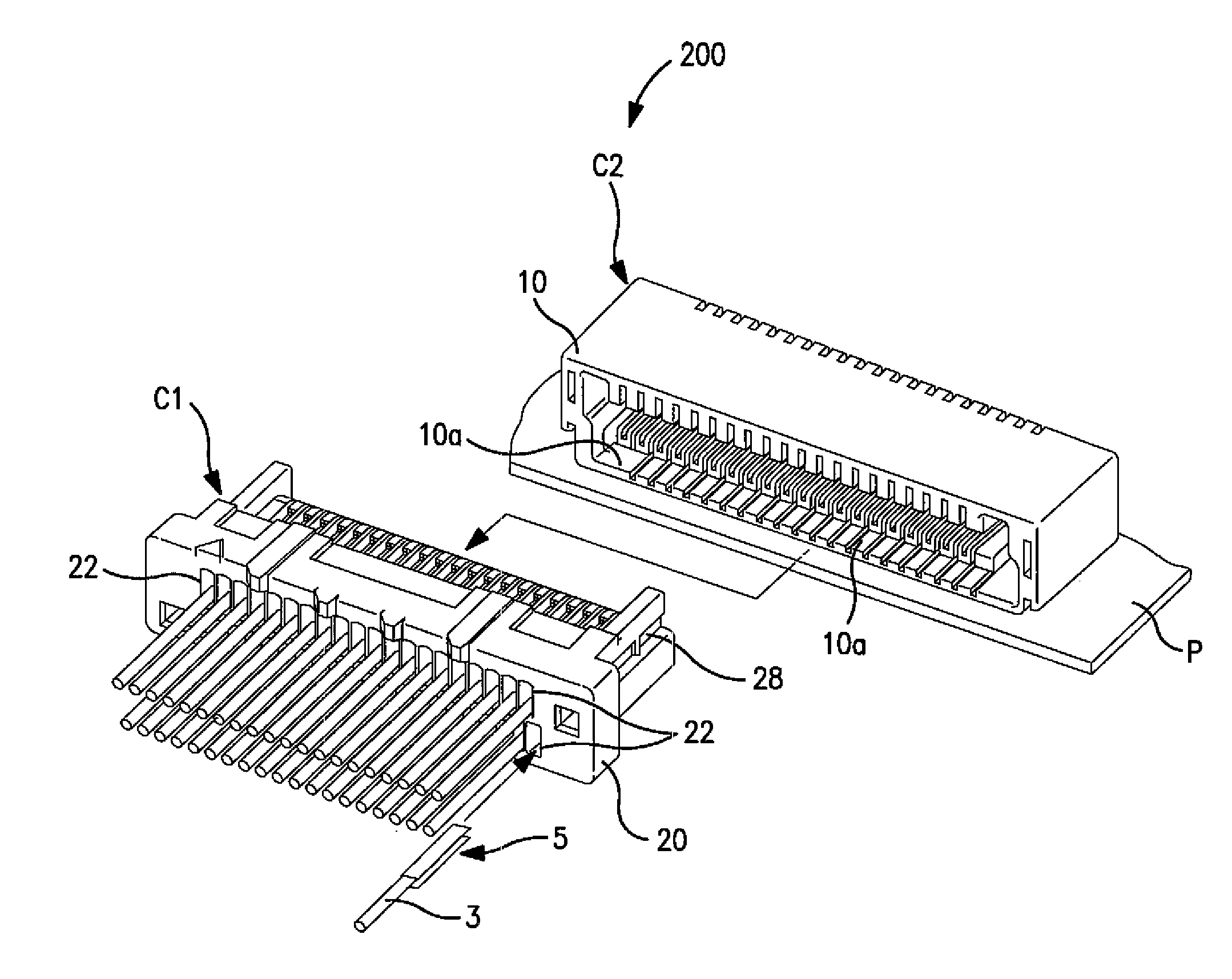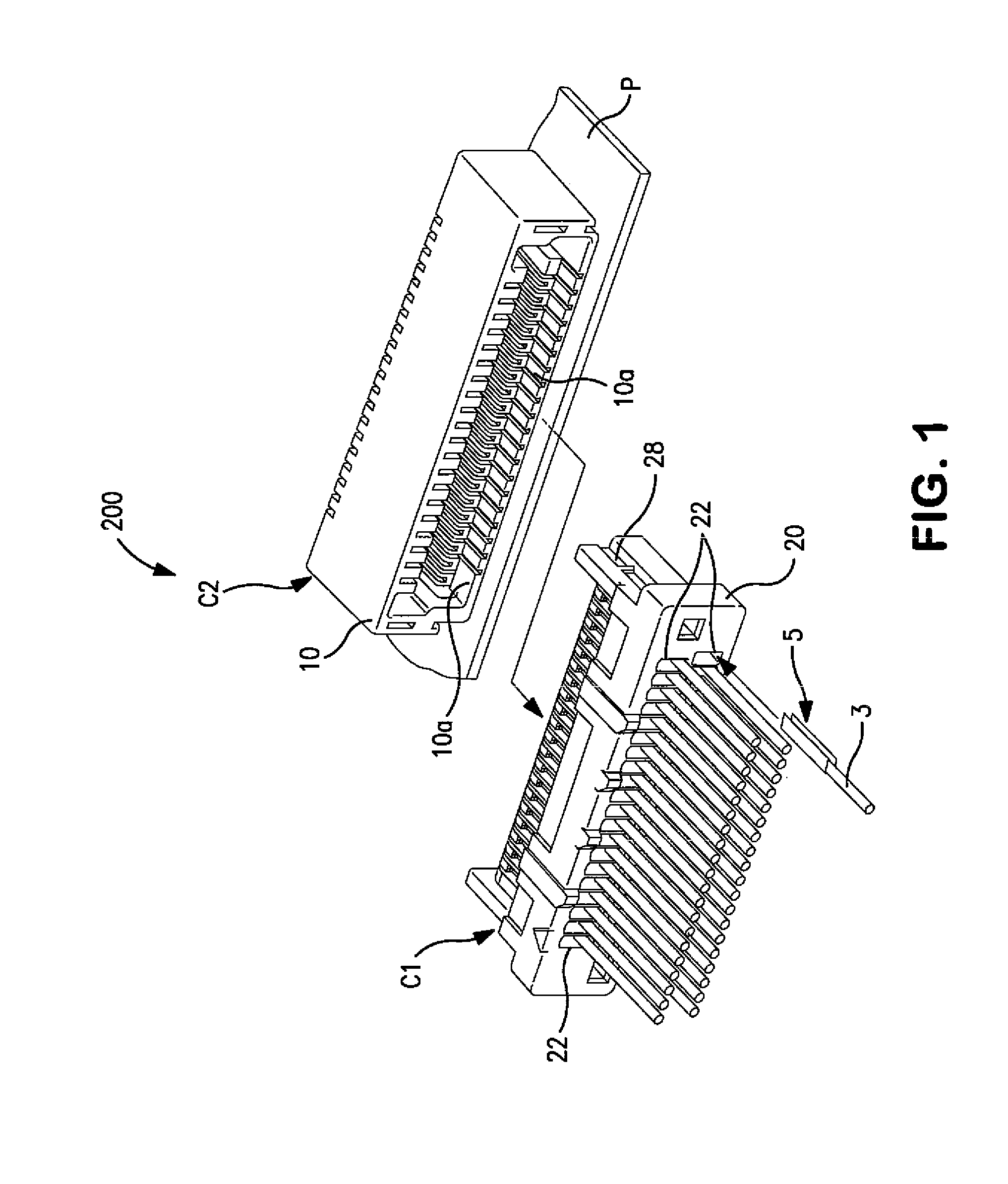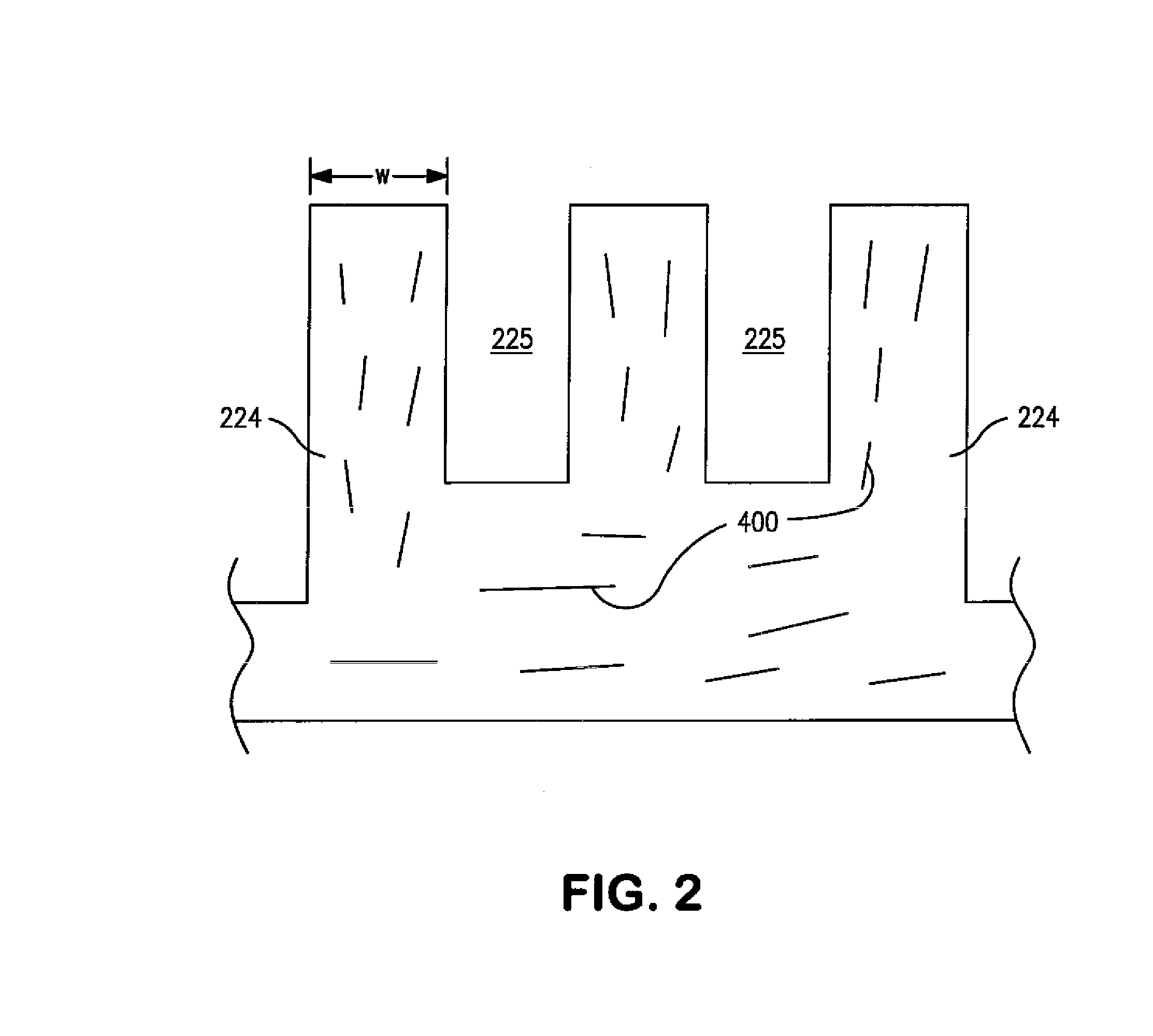Ultralow Viscosity Liquid Crystalline Polymer Composition
a liquid crystalline polymer and ultralow viscosity technology, applied in the direction of layered products, synthetic resin layered products, chemistry apparatus and processes, etc., can solve the problems of reduced thermal and mechanical properties of decreased molecular weight polymers, poor blister performance during lead-free soldering and other fabrication processes, and current commercial lcps that are not needed to meet the increased molding demands of intricate part designs without significant compromise to the final product performan
- Summary
- Abstract
- Description
- Claims
- Application Information
AI Technical Summary
Benefits of technology
Problems solved by technology
Method used
Image
Examples
example 1
[0155]A liquid crystalline polymer is formed according to the following process. Initially, a 300-liter Hastalloy C reactor was charged with 4-hydroxybenzoic acid (65.9 lbs.), 6-hydroxy-2-naphthoic acid (7.2 lbs.), terephthalic acid (2.8 lbs.), 4,4′-biphenol (18.8 lbs.), 4-hydroxyacetanilide (5.8 lbs.), and 3.4 g of potassium acetate. Compound A is also added in an amount so that it constitutes either 2.0 wt. % or 2.8 wt. % of the resulting polymer.
[0156]The reactor is equipped with a paddle-shaped mechanical stirrer, a thermocouple, a gas inlet, and distillation head. Under a slow nitrogen purge acetic anhydride (99.7% assay, 76.1 lbs.) is added. The milky-white slurry is agitated at 120 rpm and heated to 190° C. over the course of 130 minutes. During this time, approximately 42 pounds of acetic acid is distilled from the reactor. The mixture is then transferred to a 190 liter stainless steel polymerization reactor and heated at 1° C. / min. to 245° C. At this point, a steady reflux ...
example 2
[0158]Samples are formed by compounding various combinations of a liquid crystalline polymer, aluminum trihydrate (“ATH”), 4,4′-biphenol (“BP”), 2,6-naphthal dicarboxy acid (“NDA”), glass fibers, and talc. In Samples 2 and 4-6, the polymer of Example 1 is employed. In Sample 7, a polymer is employed that is formed in a manner similar to Example 1, except that Compound A is not added during formation but instead compounded with the other components as described below. Two comparative samples are also formed. More particularly, Sample 1 contains the polymer of Example 1 but lacks the addition of ATH / BP / NDA. Likewise, Sample 3 contains ATH / BP / NDA but lacks the addition of Compound A.
[0159]Regardless of their particularly constituents, the sample compositions are generally formed as followed. Pellets of the liquid crystalline polymer are dried at 150° C. overnight. Thereafter, the polymer and Glycolube™ P are blended and supplied to the feed throat of a ZSK-25 WLE co-rotating, fully int...
PUM
| Property | Measurement | Unit |
|---|---|---|
| Fraction | aaaaa | aaaaa |
| Percent by mass | aaaaa | aaaaa |
| Percent by mass | aaaaa | aaaaa |
Abstract
Description
Claims
Application Information
 Login to View More
Login to View More - R&D
- Intellectual Property
- Life Sciences
- Materials
- Tech Scout
- Unparalleled Data Quality
- Higher Quality Content
- 60% Fewer Hallucinations
Browse by: Latest US Patents, China's latest patents, Technical Efficacy Thesaurus, Application Domain, Technology Topic, Popular Technical Reports.
© 2025 PatSnap. All rights reserved.Legal|Privacy policy|Modern Slavery Act Transparency Statement|Sitemap|About US| Contact US: help@patsnap.com



